
Review sample provided by Dimex
Retail prices in the Netherlands:
Melco N5-H50: € 8,999 in black or silver
To some, the mention of UPnP may bring up associations with the early days of streaming. But as I found, the format is still relevant today, especially when running on such solid hardware as the Melco N5-H50. But before I dive into the actual review of this sleek new digital Music Library, I’d like to add a small detour to explain my personal experiences with UPnP and Roon and how I ended up back with UPnP.
UPnP and Roon
When I first reviewed CH Precision audio components in 2018, a Melco UPnP server was also provided to stream directly to the CH DAC’s network input. Subsequently, I fell for both brands, which jump-started my current line of reference equipment. Between the Melco N1A/2 and N1ZH/2, I much preferred the latter, and it soon became my reference server, combined with the CH Precision C1 DAC and its built-in streaming endpoint. But at some point, I was lured in another direction by Roon’s superb interface and endless possibilities. The thing is, compared to UPnP, Squeeze, and MPD, Roon has a deviating sound. Full-bodied, smooth, and rich in tonality, but not quite as crisp, pure, and direct compared to the aforementioned alternative formats.
Of the formats as mentioned earlier, UPnP and its playback component, MPD (Music Player Daemon), have always sounded best. It was part of my first AudioAanZee music server and is still used by Aurender, as well as many UPnP streamers. The BIG downside of UPnP has always been the very basic interface of the available control apps at the time, and this is where Squeeze has historically had the upper hand, even if it does not sound quite as clean and pure as UPnP. Until recently, Bubble UPnP for Android and Mconnect for iOS were the best 3rd party control apps you could find. The former is still developed to this day, and the current iteration is really not bad, but it is still a far cry from Roon’s ergonomics and functionality, while MConnect remains extremely basic. As a result, even though I was smitten with the sound of the Melco N1ZH UPnP delicacy, natural fluidity, and flow, I soon grew frustrated by the app’s limitations, and this is when Roon started luring me in again.
When the Antipodes EX and CX music server/player system managed to provide certain aspects of the Melco’s sound in 2018 and combined this with the benefits of Roon, I was sold. Compared to the aforementioned alternative formats, it still wasn’t quite as crisp, pure, and direct. Still, the combo offered deep soundstaging and beautiful liquidity and flow, and this, along with the great Roon interface, had won me over.
When I subsequently heard the Grimm MU1 Roon-only music server, it offered an unusually neutral and direct sound for the format. In fact, to my surprise, it sounded almost as crisp as the Aqua LinQ network interface with UPnP. In retrospect, I think its hardware initially compensated for the Roon characteristics. But after a couple of firmware updates that improved the transparency and resolution and added a lot of refinement, Roon’s true nature also started shining through.
In addition, over the years, my preferences have subtly shifted toward an ever purer and more transparent delivery. It’s not that I strive for a clinical sound or that I am against warmth, but I do not want a software- or hardware component to always add warmth or thickness because this invariably comes at the expense of transient sharpness, and with it, the overall expression. To me, too much smoothness and rounded transients are the main giveaways to spoil the illusion of listening to real instruments in a live setting. For others with different systems and/or preferences, such a presentation may provide a less technical and more natural performance. To be fair, Roon can still sound great when the system has enough margin. But the software sounds a little too sweet and polite in the context of my system, acoustics, and compromised power delivery (I live in a big city). This, combined with the ongoing wavering of sound quality with each Roon update, made me step away from the format, at least for now.
As a coincidence, I was recently asked to review the JPLAY iOS UPnP control app. This app turned out to be an absolute delight to use, as it is beautifully laid out and offers a sizeable portion of Roon functionality, such as Focus (filtering of search results), Radio (automatic genre-matched continuation after queue ends), Unified or separated library views of local and cloud service content, Associated Artists, Reccommendations, and extensive Search functionality. In short: UPnP became a very interesting candidate once again.
Between the Aqua LinQ and CH C1.2 endpoints and the JPLAY Control App, all that is needed now is a superb music server. This is where Melco enters the chat!
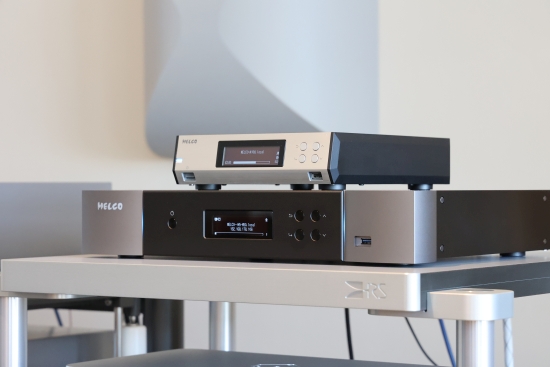
Melco
In the years since I owned the N1ZH/2, Melco has issued various new models. Notably, two new models have been introduced recently: the flagship N1-S38 and the N5-H50 which is a more cost-effective derivative of the flagship product. For this review, I was sent the new N5-H50, as well as the midi-sized N100 which was introduced in 2019. For this review, I will focus predominantly on the N5-H50.
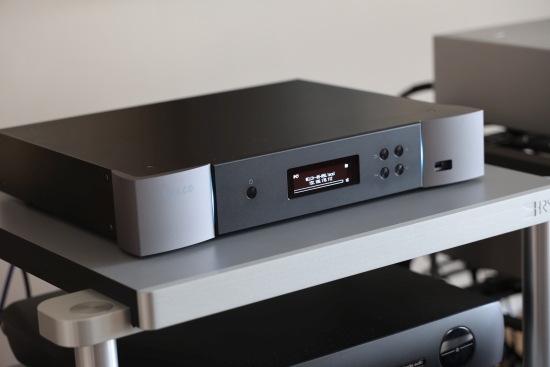
N5-H50
The Melco N5 Digital Music Library features all-new electronics, with a new mainboard, high-grade, low-noise internal linear power supply, and extensive pro-grade Amphenol and Neutrik connectivity. All Melco Digital Music Libraries stream music to UPnP Network Streamers and can play directly into a USB-DAC. Music services such as Tidal or Qobuz can be integrated depending on the chosen control app. A recent addition is that Melco Music Libraries are now also Roon Ready, which means that a Roon server can stream to a Melco as a USB endpoint.

The N5 is also available in silver. For both finishes, the curved cheeks have the same stylish titanium-like color.
The server can work in normal UPnP/DLNA mode and in “Playlist Mode” which works with Open Home-compliant control points and endpoints. The main advantage of OpenHome is that the endpoint (the renderer) manages the current playlist, whereas the control point (tablet or phone) manages it with standard UPnP. OpenHome can keep playing even if the control point is switched off entirely; with UPnP, the control point must stay awake. This is not to say that a tablet or phone must always remain on because most well-designed control apps can work in the background while the tablet is in sleep mode/locked.
For UPnP, MinimServer and Twonky are preinstalled, and a Roon endpoint is also available as standard. The user must choose one of the three solutions in the N5’s setup menu, which can be made accessible as a web interface via any device with an internet browser, such as a tablet.
The N5 contains a selected 5TB hard disk drive, mounted using a Melco HS3 Highly Stable Storage System to optimize sound quality. In addition to an RJ45 network connection for the LAN, there is a second RJ45 connector dedicated to a streaming endpoint. I tested this, and although it works flawlessly via a network Switch, the direct connection sounds better.
As is the norm with most music servers, music can be transferred over the network from a Mac or Windows machine using drag and drop via the standard SMB (Samba) protocol. Additionally, music can easily be imported from a directly connected external USB drive or CD drive using the front panel buttons and display. If desired, the N5 can also be configured to operate without an Ethernet network and controlled directly via its front panel buttons. Besides from its internal 5TB HDD, the N5 can also play music directly from a connected external USB drive. Both server and player sections support all popular audio formats, such as DSF, DFF, FLAC, WAV, ALAC, AIFF, and AAC, as well as M3U playlists.
The N5 can automatically download audio from streaming websites such as Qobuz and Highresaudio after purchase via a mobile device or computer. It also offers the very powerful SongKong metadata editor, which can manually or automatically look for inconsistent or incomplete metadata fields and update the tags as needed. Even when running unattended, the user can verify the changes and undo them if desired.

The N5 is designed to always be powered on. Its drive is always operational so that music can be served instantly. The drive is very quiet but not 100% silent. It’s comparable to the drive inside a laptop, i.e., not audible from the listening position. The display automatically dims after a certain period, and the unit offers a selectable auto power-off mode, but once the unit is off, it will not automatically switch on again.
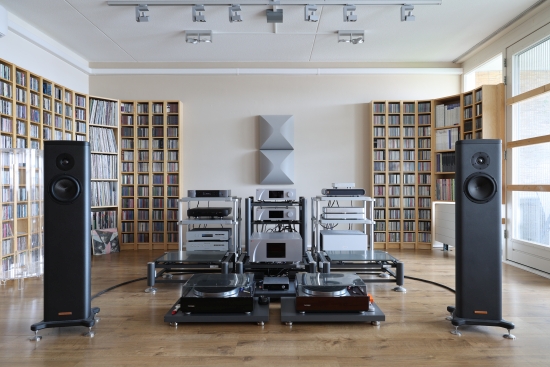
Review Context
The Melco N50 will be listened to in the main system in combination with the Precision C1.2 and Aqua LinQ streaming endpoints. The rest of the system comprises the CH Precision L1 preamplifier, CH Precision A1.5 power amp, and Magico S1 MkII speakers.
Listening via network
All it took was the first 20 seconds of the first track to realize that the N5 is a superb music source. The server has the same wonderfully highly resolving and neutral delivery that I recall from the N1ZH. As before, the sound is nimble, articulate, and expressive, yet there’s no hint of analysis. The music simply flows and satisfies both the brain and heart. It’s quite rare to encounter high precision and definition without dryness or clinicality, but Melco servers manage this delicate balance. Compared to the N1ZH, this time around, it feels even more full-blooded and organic to me than before.
Sure, part of what I find so alluring in this delivery is inherent to the UPnP format. However, the end result hinges on the performance of all the components in the chain. As I soon found, the Melco’s superiority is easily established by comparing its performance to that of the two software solutions that I have available. When streaming from JRiver on my work PC in the other room (controlled via Bubble UPnP on Android or MConnect on iPad), the sound is comparatively blurry, rounded, thick, and even a little muddy. To rule out JRiver influences, I also tried Asset UPnP on an Apple MacBook Air M1 (controlled via JPLAY), but it just reminded me a lot of JRiver on the work PC. Clearly, standard solutions on normal computers were not going to cut it.
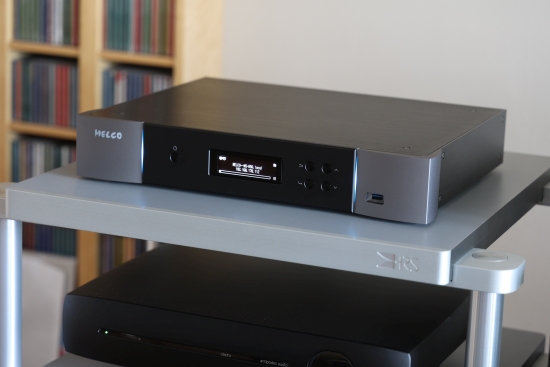
The success story continues when using cloud services as a source. There are more UPnP apps that support cloud services, but the beauty of JPLAY is that it integrates Qobuz and Tidal seamlessly into the library, much in the same way as Roon does. The app allows you to search and sort in a unified view of all sources, both local and cloud-based, and one can choose to narrow down the search and result display. And it’s not restricted to the N5’s built-in music drive either. The UPnP format supports multiple libraries, which may be connected via USB to the Melco N5 or on an external NAS. In the JPLAY app, you can choose to search and sort by any single local library or cloud service or show both sources together. Granted, so far, these are not unique properties for the N5. But where the Melco comes in is in making the streaming source sound every bit as good as the local library. I’ve made several comparisons using rips of my own CDs, as well as purchased downloads from Qobuz and comparing them to the cloud versions of the same albums. Maybe not too surprisingly, the local source sometimes sounded better. But what was surprising is that at other times, the cloud version sounded better! After comparing various albums this way, most of the time, both versions sounded superb and I was just enjoying the heck out of everything I played. When everything sounds so good, I feel that the slight differences that sometimes remain are not worth obsessing about.
Next: continued listening via network, listening via USB, and Conclusion
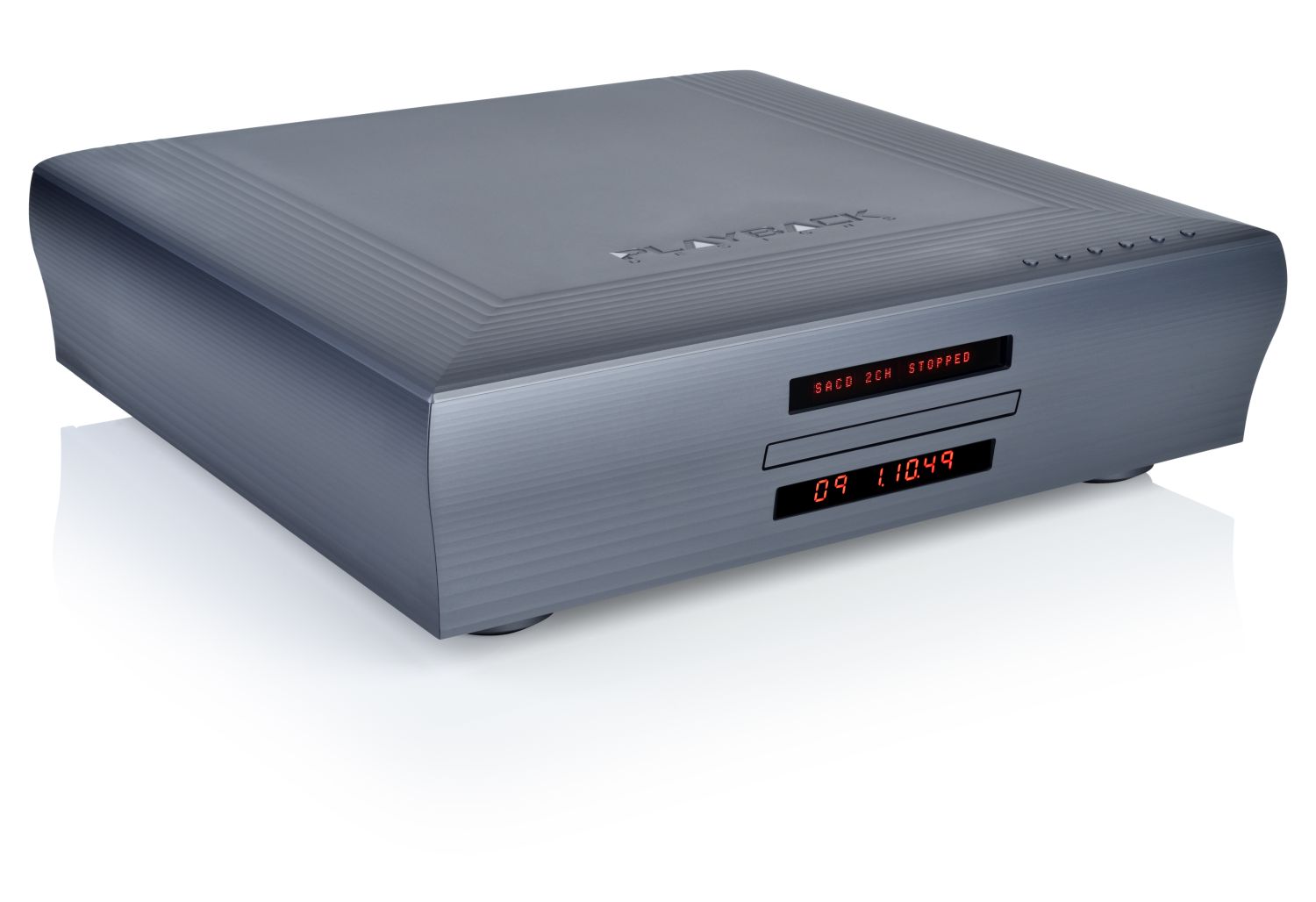






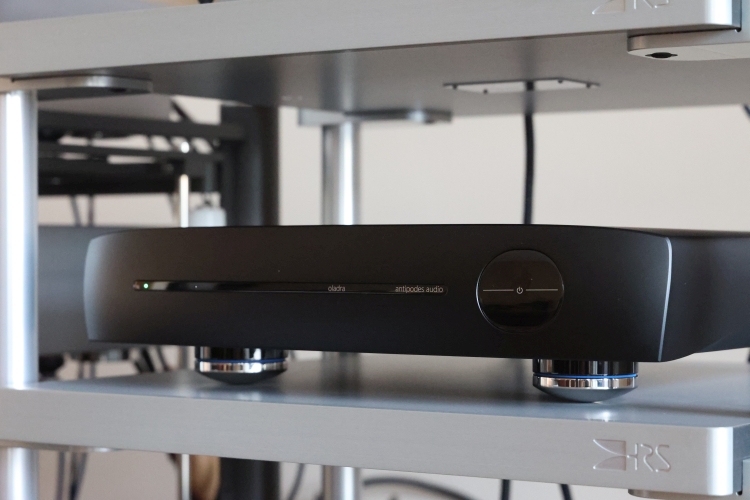
Hello Christiaan,
I have a Melco N50 (with SSD) and I can only agree with you, it sounds superb.
I use it as a server, (audiophile NAS), not as a streamer.
When it comes to connecting to my streamer I’ve tried all 3 options :
1.N50 and streamer both connected to my (Ansuz) LAN-switch
2.N50 and streamer interconnected via USB
3.N50 connected to the switch and the Player-out connected to the streamer.
For me option 3 is the winner. Additional benefit: I can use my streamer app.
As for footers, I use IsoAcoustics, directly under the bottom plate.
The Ansuz footers may be good, but compared to almost all other brands, extremely expensive.
I’ve compared the most affordable version (C2t) under my Aavik power amp with ISOAcoustics. The IsoAcoustics footers sound(ed) excellent and set me back some 250 euro (4 footers) instead of 1120 for Ansuz. So, for me not a difficult choice.
with kind regards,
John Brand.
…always a very interesting writing to read carefully, Christiaan: thanks.
Since there are “a thousand variables” nowadays in listening, both hardware and software, also considering that unfortunately we no longer have exact knowledge of the origin of the “data” (mixing, remastering, etc.) by the providers, I was wondering if you also listened to the MELCO with its highly recommended player, “MELCO MUSIC HD”.
It is a version (still graphically very rough, ugh) of mConnect but that could “change the cards on the table”, at least it did for me, with all due respect to ROON (by now it is a common fact and heard by many audiophiles that are leaving…) but also to Jplay and practically everything else. (Let’s not forget that MELCO, DELA-Audio in Japan, is “Buffalo”, and about PC – to be declined for audio – they know more than the…
Hi Luca, Thanks for the feedback and suggestion. I downloaded the Melco app but when I realized it is based on mConnect, I lost interest in investigating it further. Too bad I did not stop to think it could potentially provide something special sonically. Alas, the N5 has returned and the app only plays to Melco devices so I can no longer test it. That said, I recognise that different control apps and control devices can and often do have specific sound signatures.
..we will be here to read you again when another MELCO stops at your home, don’t worry!
😉
Hi Christiaan,
great review!
What about the sound signature of Melco N5 vs Antipodes K21 vs XACT S1?
Would you care to elaborate?
Thank you very much
I’m currently working on the XACT S1 review, in which I will address how it compares to the Melco N5 and the Antipodes Oladra.